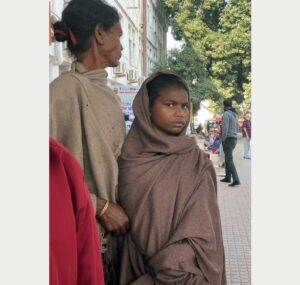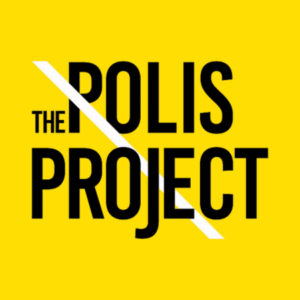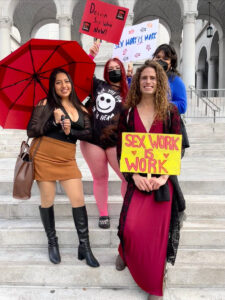
Violence after violence: The politics of narratives over the Delhi pogrom
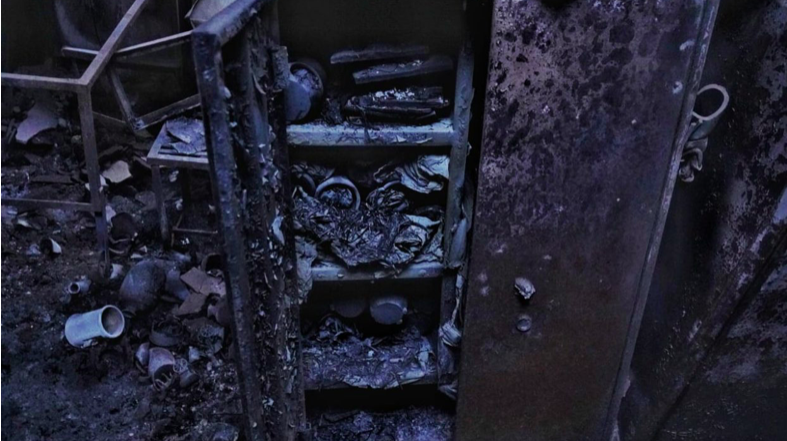
The deadly violence in India’s capital last month hasn’t ended with the anti-Muslim pogrom that it was. It continues in the politics of being termed a riot, an old tactic of flattening the gigantic power inequality between the country’s Hindus and Muslims.
A handicraft shop gutted during the anti-Muslim pogrom in India’s capital New Delhi, late February. At least 52 people were killed in the violence, most of them Muslim. (Published with permission) It was not only human lives that were allowed to be annihilated during the days of political violence unleashed in the northeastern localities of India’s capital New Delhi late last month. Words, too, are being massacred in (mis)characterizing that violence. The problem is: without correct naming, we can understand neither the violence nor its past or future. It isn’t mere verbal gymnastics; naming is critical to the diagnosis of the problem as also to its prevention. Indeed on naming rests, in many ways, life as well as death. To safeguard the chastity of language, and my own ethical integrity, I will, therefore, not call the violence in Delhi a riot, as it’s being widely called. But let me name…
Related Posts

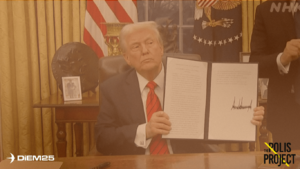
Donald Trump’s Master Economic Plan I Opinion by Yanis Varoufakis
